The Viking Age ran from 800 AD to 1050 AD. The Vikings were those who lived in what we now know as Denmark, Norway and Sweden, for a period of about 300 years from around late 790 to around 1100 AD. The term Viking actually means pirate, which is certainly the way that we perceive them – raping and pillaging them all the way across the country. Or did they? The Vikings may have carried out raids and used slaves, but they also farmed and fished.

The Vikings at the British Museum
by Telesto
Yesterday, I went to see the Vikings Exhibition at the British Museum in London. The BM has a history of putting on excellent exhibitions with specific focus.
The Viking influx into Britain started when a raiding party attacked the monastery at Lindisfarne, an island off the coast of Northumberland in 793 AD. They stayed in Britain from then until William the Conqueror popped across the channel in 1066.
Central to the exhibition at the British Museum is the remains of a 37 metre long warship from around 1025AD. Sadly, being made of wood, much of the ship had rotted, but the reconstruction gives a good impression of what the ship would have been like, perhaps like the one in the photograph below. No-one knows for sure, but the resources that would have gone into the building of the ship indicate that is was owned by someone wealthy, maybe King Cnut (Canute) himself. This is the longest Viking ship ever discovered.

One of the other fascinating exhibits contained the remnants a mass grave containing the skeletons of Viking warriors. They had all been beheaded – one skeleton shows the fingers on one hand severed where the individual had clearly been trying to shield himself from the sword or whatever was being used to behead him. The exhibition even showed how two of the individuals would have had difficulty walking, one because of earlier break to his thigh bone, the other because of a condition that the owner would have had since childhood.
It seems that the archetypical portrayal of Vikings wearing horned helmets is not true; they were generally plain, close fitting helmets, with little or no adornment, but they did wear tightly knitted chain mail. The men also typically wore trousers with lots of fabric in them, which had to be clipped up to stop them getting in the way.
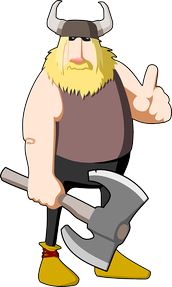
Elsewhere were displays of beautifully made and ornate jewellery. There was a huge gold collar that had been intricately woven and was clearly a status symbol, but also believed to have been a source of funds too. It would have sat quite neatly on each of my shoulders, so probably not very comfortable to wear, but stunning to see! Other pieces of jewellery contained glass beads, jet and amber.
Interestingly, Dublin became one of the most important Viking towns, as did York. These towns were allowed to issue their own coinage. In heavily settled areas, there are still place names that link back to the Viking heritage. Town names such as Scunthorpe (-thorpe was associated with settlements on poor land), Selby or Whitby (-by is associated with the first places in which the Vikings settled), Caistor and Snape are just a few of those names remaining. Most of eastern Norfolk and the country between Cumberland and Northumbria right down to the Midlands was settled by the Vikings.
We now know that the Vikings did have their war-like elements, and didn’t always win the battle, but many of them were fishermen, farmers and hunters. They traded with huge areas of the world, travelling as far as North America in the west and Russia in the east, even having an influence in Islamic society.
This exhibition ran at the British Museum up until 22 June 2014, so is unfortunately now closed, but it's always worth taking a look at the website at www.britishmuseum.org to see what's coming up next.
The British Museum is open daily, from 10:00 to 17:30 (20:30 on Fridays). Although entry to the museum is free, this exhibition is £16.50 for adults, less for other age groups.
The museum is located at Great Russell Street, WC1B 3DG.
You might also like
Visiting the Mysterious Bourne Stone at the Bourne Historical ...If you love ancient artifacts and the mysteries that surround them, make time...
Hajj: Journey to the Heart of Islam - Exhibition at British Mu...Display looks at the Hajj. Through beautiful objects related to the pilgrima...
The Happy Museum Project - Reaching Out to the CommunityMany museums are now extremely accessible to people from all walks of life, i...
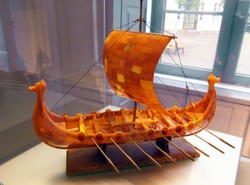




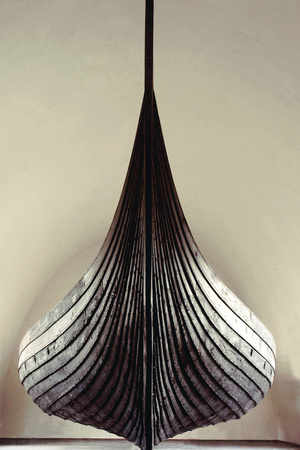
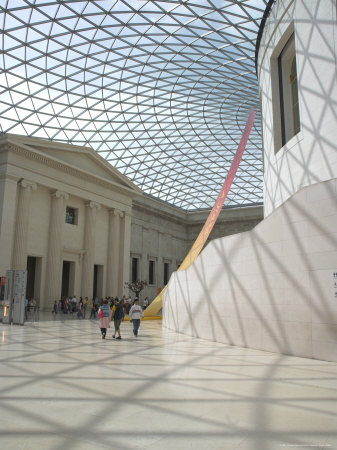
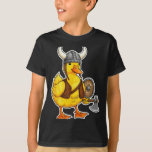
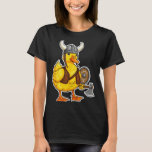


 Identity Theft and How it Feelson 02/01/2015
Identity Theft and How it Feelson 02/01/2015
 Barts Hospital - a National Treasureon 01/24/2015
Barts Hospital - a National Treasureon 01/24/2015
 Urban Foxeson 01/11/2015
Urban Foxeson 01/11/2015
 How do you know which hosting platform to choose?on 01/03/2015
How do you know which hosting platform to choose?on 01/03/2015

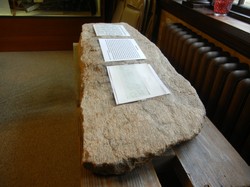
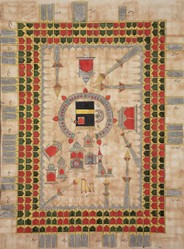
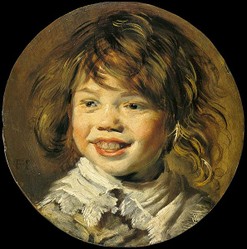
Comments
Fascinating. I have been going back in history, and have some English roots. A surprise twist that just found is that it now seems I descend from both King Ella, The E is often joined to an A, and Ragnar the Viking, one having killed the other, than himself died at the hands of a son of Ragnar. In another branch I descend from Henry the Fowler of Germany, who became king after the Vikings killed his brother. Hence, I am keenly interested in the Viking history.
Thank you! Yes it is over now (thank you, must update it) but it was fascinating. Thank you for reading and Happy New Year.
I'd never really thought about it like that, but now you say it....
I came to know about the Vikings from the romantic novels of Barbara Cartland. The heroes resembled dark and brave Vikings and would always come out as winners rescuing their sweethearts. The exhibitions in the Bristish Museum reminds me of their beautiful glory and valour.
Thank you Mira. It was a shame, we weren't allowed to take photographs in the exhibition, but the gold jewellery was a match for anything you'd buy in somewhere like Tiffany nowadays. Absolutely amazing.
Nice article! I found the info on place names very interesting. I would also love to see the jewelry :-)